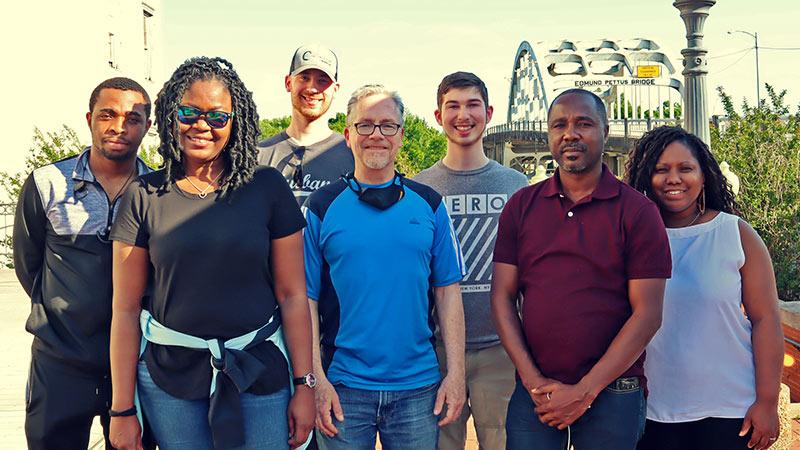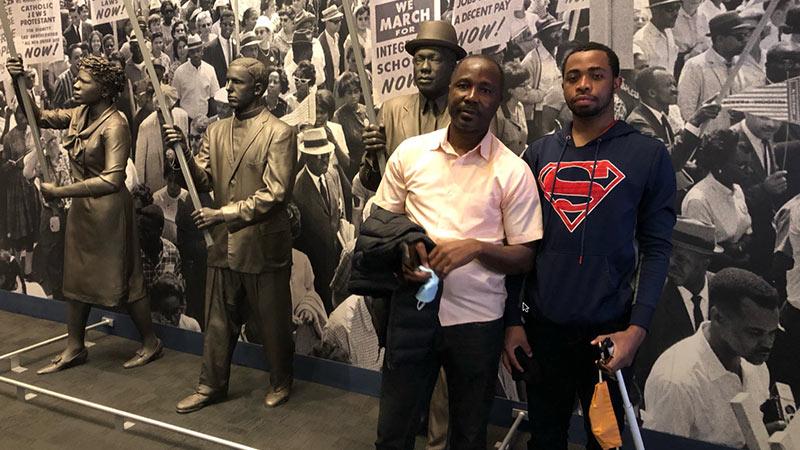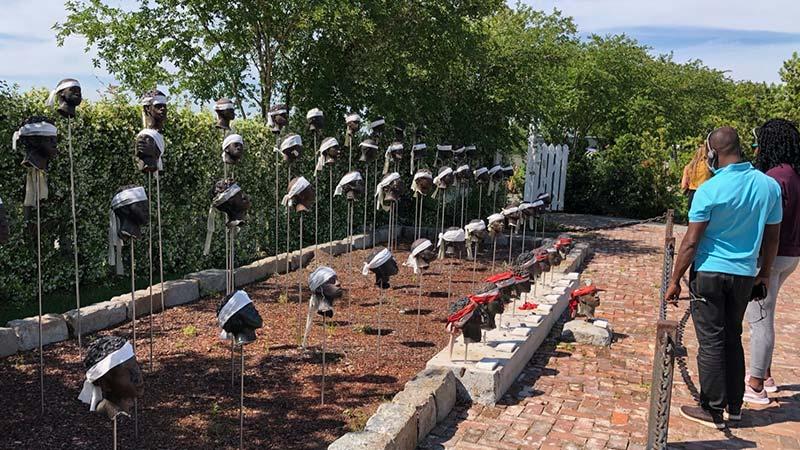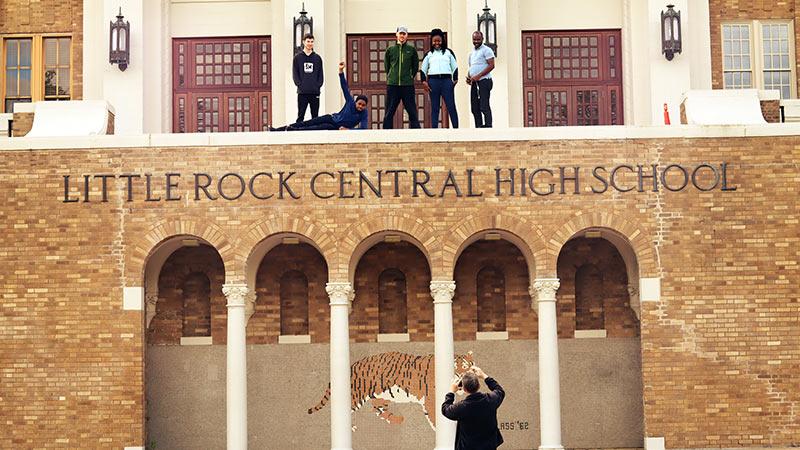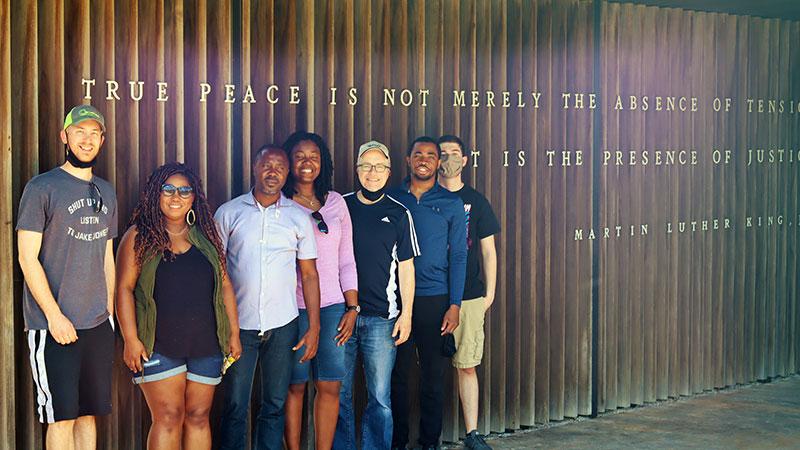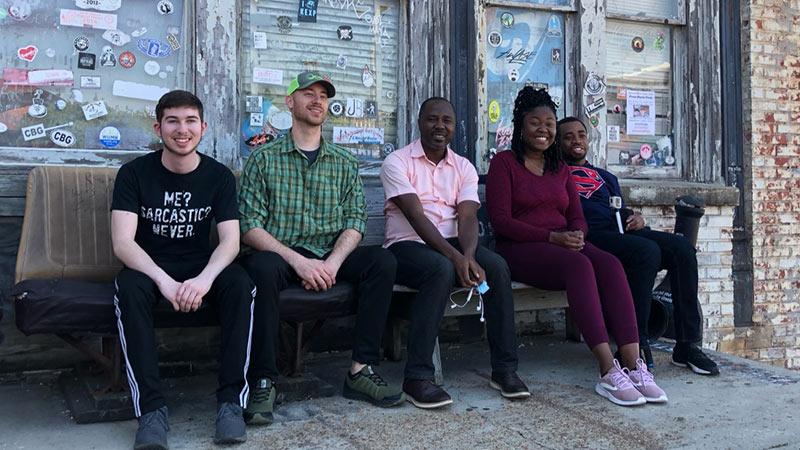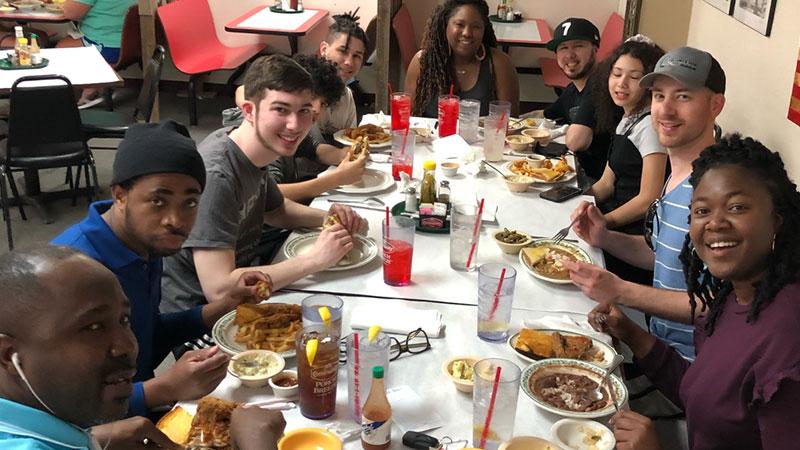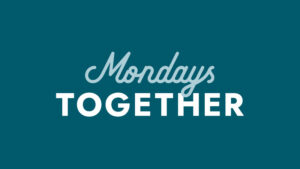During their nine months at Woodland’s School of Missional Apprenticeship (SOMA), students take a “Justice Journey” to visit Civil Rights museums and memorials throughout the South. The 3,000 mile trip covers eight states in eight days!
For students this is a transformative experience, challenging and reshaping the way they think about race and justice in the United States.
This year’s trip included five students, two from the U.S. and three from Haiti, as well as SOMA teachers Kevin Callaghan and Osheta Moore, and Osheta’s husband and three teens.
Kevin shared about the trip, “We heard the stories and felt the realities of being in each of these sacred and tragic places. We learned, lamented, prayed and hoped for healing and Kingdom change to push forward in the long-awaited journey of racial reconciliation and justice. Our Haitian sister and brothers, whose history of past slavery and oppression is both similar and yet quite different than the African American experience, encountered many interesting overlaps between Haitian and US history regarding slavery and race.”
We asked each of the students to share their thoughts from the journey. Here’s what they had to say.
Charly
“The Justice Journey was a blessing for me. It was a pilgrimage to love together, not just to visit a place. In Haiti I learned about Black history with Black classmates, but being next to white classmates with a white teacher, it was really great to see both black people and white people learning, because if you don’t learn about the past, it’s going to happen in the future.”
Obed
“The most important thing I saw was the home of a slave owner in Louisiana who had more than 3,000 slaves. And that helped me discover the link between the slavery here in the U.S. and Haiti. In Haiti when we got our independence, free people helped people in the U.S. get their independence. It was a good thing to see the connection between Haiti and how we had ways to help free people.”
Noah
“Taking a civil rights tour of places in the South, both museums and sites related to the Civil Rights movement, was super impactful. Learning all the history opened my eyes to a lot of events I hadn’t heard about before.”
Nate
“One piece that stuck out to me was EJI, The Equal Justice Initiative that chronicled a history of oppression from slavery and how that transitioned to mass incarceration. They had stories about sentencing kids—13 and 14 year olds—to death in prison. Not a death sentence in terms of lethal injection or electrocution, but it’s a death sentence in the fact that there’s no chance for parole. They’re just kids that essentially have their lives taken away from them. It was eye-opening.”
Pascale
“The justice trip was powerful and painful. I saw a picture, a young boy around 15 years old, who was caught by the police and going to be killed and the picture was the last time he gave a hug to his mom. It was so painful. Also, at the National Museum of African American Music, I learned that they had some of the same music we have—gospel music—and it comes from this movement!”
To summarize Kevin said, “Our little group of travelers, four white, four black and three bi-racial, was a living example of race-conciliation resulting from common faith and love for Jesus. We came home with a strong awareness of both the pain, and the possibilities, inherent in the Church’s challenge to heal and bridge the racial divide and model the beauty of oneness in Jesus.”
And to that we say, amen!
The Justice Journey is just one of countless opportunities for learning and transformation through SOMA. If you would like to learn more or apply for next year’s class, more information is available here.

